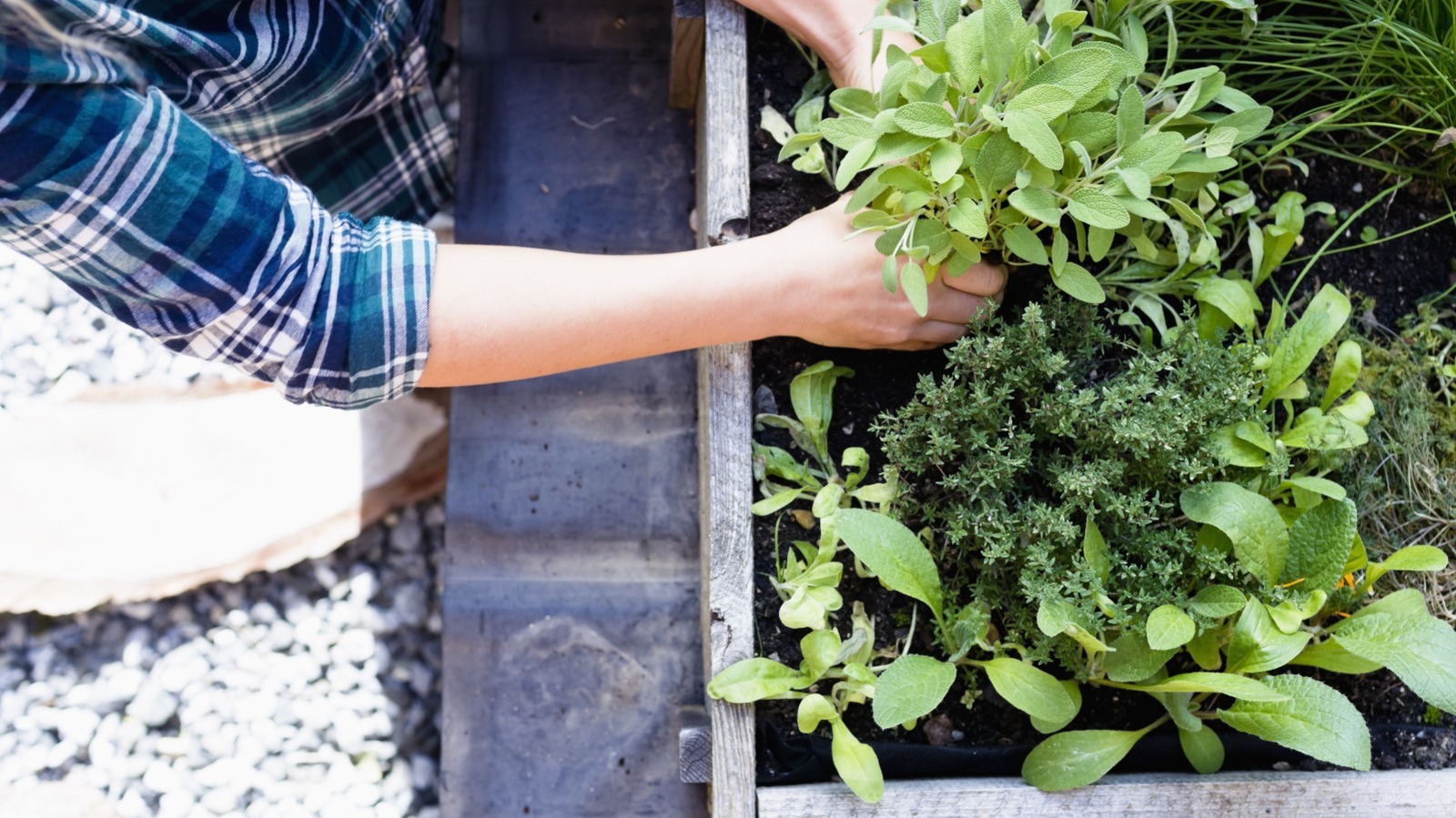
Spring is approaching, and gardeners are getting ready to plan their gardens. Along with deciding which plants to grow, dill (Anethum graveolens) is a flavorful herb that offers various uses from pickling to seasoning. It’s essential to plant dill in your garden when the last frost is over in your area.
Dill is an annual herb native to southwest Asia and southern Europe. Due to its long taproot and poor transplanting ability, it’s best to sow dill seeds directly in the garden in early spring. Plant the seeds 2 feet apart in rows, ensuring they receive plenty of sunlight. Once the seedlings are 2 inches tall, thin them to 10-12 inches apart to allow mature plants to grow up to 4 feet high and 2-3 feet wide.
Why you should plant dill outdoors in spring
To determine the best time to plant dill in your area after the last frost, consult the USDA Plant Hardiness Zone Map. Plant dill when there is no risk of frost, usually when temperatures are around 70 degrees. Dill grows best outdoors with sufficient light, and it’s recommended to sow seeds every few weeks for a continuous crop. Plant dill near certain vegetables like potatoes, cucumbers, and broccoli, but avoid planting it near carrots.






